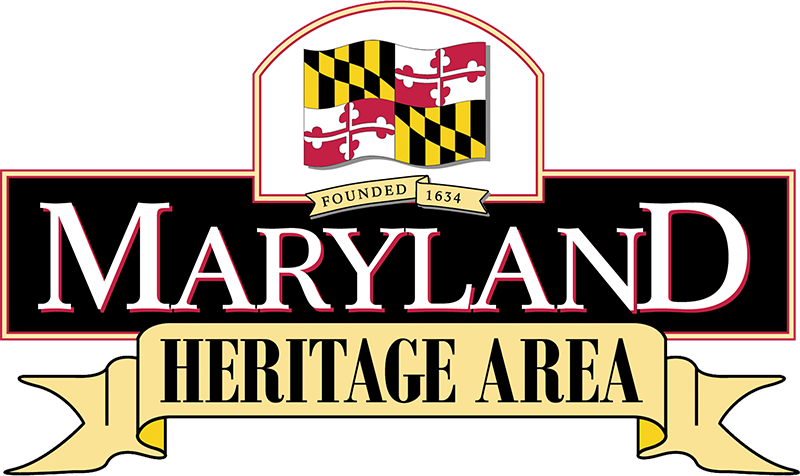Confederate troops inflicted heavy damage to the Antietam Aqueduct during the Monocacy Campaign in July 1864.
A pivotal battle of the Civil War, the Battle of Antietam was fought on September 17, 1862, and was the bloodiest single day of combat ever on American soil.
The cemetery holds the remains of over 4,700 Union soldiers killed at Antietam and other nearby battlefields.
The September 17, 1862 Battle of Antietam was the bloodiest single day in American military history, stopping the Confederates’ first drive north of the Potomac River and leading to the issuance of the preliminary Emancipation Proclamation.
The three-day Battle of Gettysburg, a Union victory, was the single bloodiest battle during the Civil War, and stopped the furthest Confederate advance into Union territory.
During the Battle of Harpers Ferry, three separate Confederate commands surrounded the town and recorded the single largest capture of Union troops during the war.
The Battle of Monocacy, often called “The Battle that Saved Washington,” delayed the Confederate army’s march on Washington, D.C. until after Union reinforcements arrived.
In the July 4, 1863 Battle of Monterey Pass, Confederate cavalry attempted to hold off Union cavalry that sought to attack the Southern wagon train retreating from Gettysburg.
During the Battle of Antietam the Confederates prevented a Union corps from crossing Burnside Bridge for three hours, which allowed time for reinforcements to arrive.
The Chesapeake & Ohio Canal was an important supply line for the Union, and was often a target of Confederate troops.
The Conococheague Aqueduct was damaged by Union troops during the Antietam Campaign and by the Confederates in the Gettysburg and Monocacy campaigns.
Crampton’s Gap was the scene of one of a series of battles for control of the mountain passes in the Battle of South Mountain during the Maryland Campaign of 1862.
The Confederates attempted to damage Dam Number 4 on the Chesapeake and Ohio Canal in June and December 1861.
The Confederates attempted to damage Dam Number 5 on the Chesapeake and Ohio Canal in June 1861, and three more times between December 1861 and early January 1862.
On November 18, 1863, the day before he would give the Gettysburg Address, Abraham Lincoln spent the night at the home of Gettysburg attorney David Wills.
This small church was the central point of a number of Union attacks on the Confederate left flank during the Battle of Antietam.
Ferry Hill was the boyhood home of Confederate officer Henry Kyd Douglas, and the property was occupied by both armies at different times during the Civil War.
This French and Indian War-era stone fort was used during the Civil War as a picket outpost and was the scene of a Christmas Day skirmish in 1861.
Fox’s Gap was the scene of one of series of battles for control of the mountain passes in the Battle of South Mountain during the Maryland Campaign of 1862.
The park, created in 1894, preserves and commemorates the Battle of Gettysburg, fought July 1-3, 1863.



